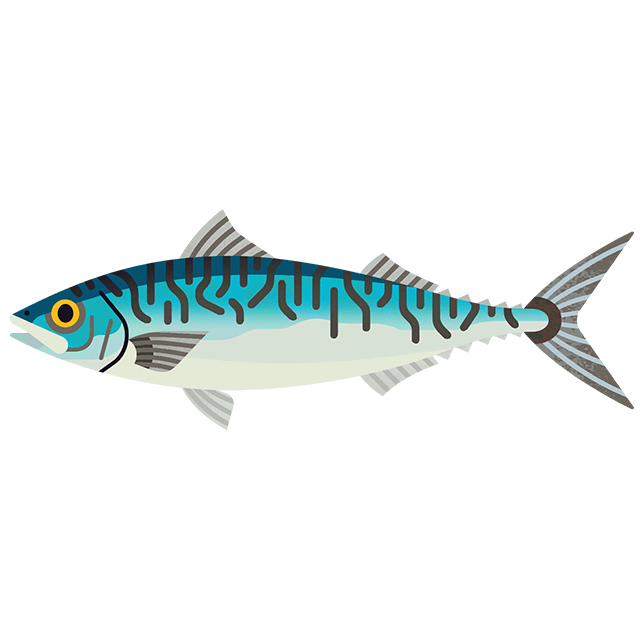
Perspectives on responsible aquaculture
4 minute read
Guest blog by Dan Lee, GAA Standards Coordinator and Program Integrity Advisor
In their 2014 report*, marine scientists Dr Ruth Thurston and Professor Callum Roberts noted that the UK failed to import, catch or produce enough fish or shellfish for the whole population to eat the recommended two portions (280g) per week. Thus, they concluded that the UK Food Standards Agency should lower its target. But is this really the best course of action for society? If there’s not enough seafood to go around, should we downgrade the health advice or set about producing more seafood?
The Global Aquaculture Alliance (GAA) is firmly wedded to the latter course of action, to promote seafood consumption and production, and to highlight its dietary benefits. GAA's vision is: a world that embraces and enables the role of responsibly farmed seafood in meeting global nutrition needs.
GAA uses a comprehensive definition for ‘responsibly farmed seafood’ and is fully aware of the environmental constraints facing the industry. In this regard, it shares many of the broad conservation objectives of the Marine Conservation Society. As a result, both GAA and the Marine Conservation Society actively direct consumers, retailers and the food service sector towards responsibly sourced seafood.
The Marine Conservation Society operates a ratings system with five levels and GAA has a certification program called Best Aquaculture Practices (BAP).
What are the headline issues?
Although GAA considers that the Marine Conservation Society system underrates most aquaculture products, both organisations agree on the headline issues that need to be addressed by responsible operators:
- habitats
- feed
- chemicals
- disease
- escapes
- animal welfare
The specific content of BAP standards reflects this hit list. At the same time, BAP standards are committed to assuring food safety and ethical employment practices too, so they go beyond the scope of the Marine Conservation Society to include additional but equally critical aspects of responsible food production.
How does the BAP certification programme make a difference?
There have been some important conservation gains with regards to habitat protection and the sourcing of marine ingredients. Thankfully, mangroves and other sensitive wetlands are now well protected from poorly planned aquaculture developments and this improvement is partly attributable to programmes like BAP that protect wetlands and have been important tools for spreading good practices.
As regards the sustainability of the marine ingredients used in aquaculture feeds, both their sourcing and efficient usage have been greatly improved over the last two decades. GAA and the Marine Conservation Society have been active in the development of global standards for responsible fishmeal and fish oil production and nowadays around half of all fishmeal and fish oil supplies come from certified sources and approved fisheries that have been assessed for responsible management. And aquaculture standards, notably BAP (four star), now require inclusion of responsibly sourced fishmeal and fish oil.
Making aquaculture more efficient
The aquaculture industry has been roundly criticised for inefficient usage of marine ingredients, for example on TV by Hugh Fearnley-Whittingstall in 2014. As well as being a celebrity chef, he has run some conspicuous campaigns (Hugh’s Fish Fight) highlighting seafood and conservation issues.
In one memorable scene he set up a stall outside a supermarket to offer shoppers a tempting trade-off: if they had purchased a kilo of farmed salmon he offered them 3kg of sardines instead. This exercise was designed to highlight that farmed salmon consume small, oily fish like sardines in their diets and that you would need the equivalent of 3kg of wild sardines to grow 1kg of farmed salmon. Thus, Hugh portrayed farmed salmon as an inefficient use of valuable marine resources.
Well, if he repeated the exercise today it would be a flop because it now takes just 1.1kg of wild fish to produce 1kg of farmed salmon and few shoppers would swap their chosen fish for sardines. This improvement in efficiency has been possible through greater use of fishery by-products (the fish leftover when fillets are removed from processed fish) and plant-based ingredients in salmon diets. It represents a major achievement in the battle to expand aquaculture output in the face of limited supplies of marine ingredients.
In this regard, salmon farms are much more efficient than wild salmon fisheries because it takes around 10kg of wild fish to produce 1kg of wild salmon.
Improving standards for a sustainable future
GAA is busy promoting aquaculture through education, advocacy and the BAP programme, but despite our differing standpoints, the Marine Conservation Society has been active on the GAA’s Standards Oversight Committee and has pushed for tighter environmental controls on fish farms. Since GAA has been formed, and in part due to standards programs such as BAP, key environmental concerns are getting more of the attention they deserve.
Some progress has been made with disease management in fish farms, with a move towards vaccination instead of antibiotic usage, but much more work needs to be done to find innovative solutions. To this end, the Marine Conservation Society has had an important influence on the GAA through the launch of the Innovation Award, which has become a popular fixture at GAA’s annual conference on aquaculture leadership and has attracted dozens of entrants.
Improvements in aquaculture technology upgrade farming systems and make them more efficient users of scarce resources, e.g. through better breeding and feeding methods and disease controls. These steady improvements, in what is still a very young industry, hold out the prospect for increased seafood production to eventually meet all our needs for a healthy diet.


